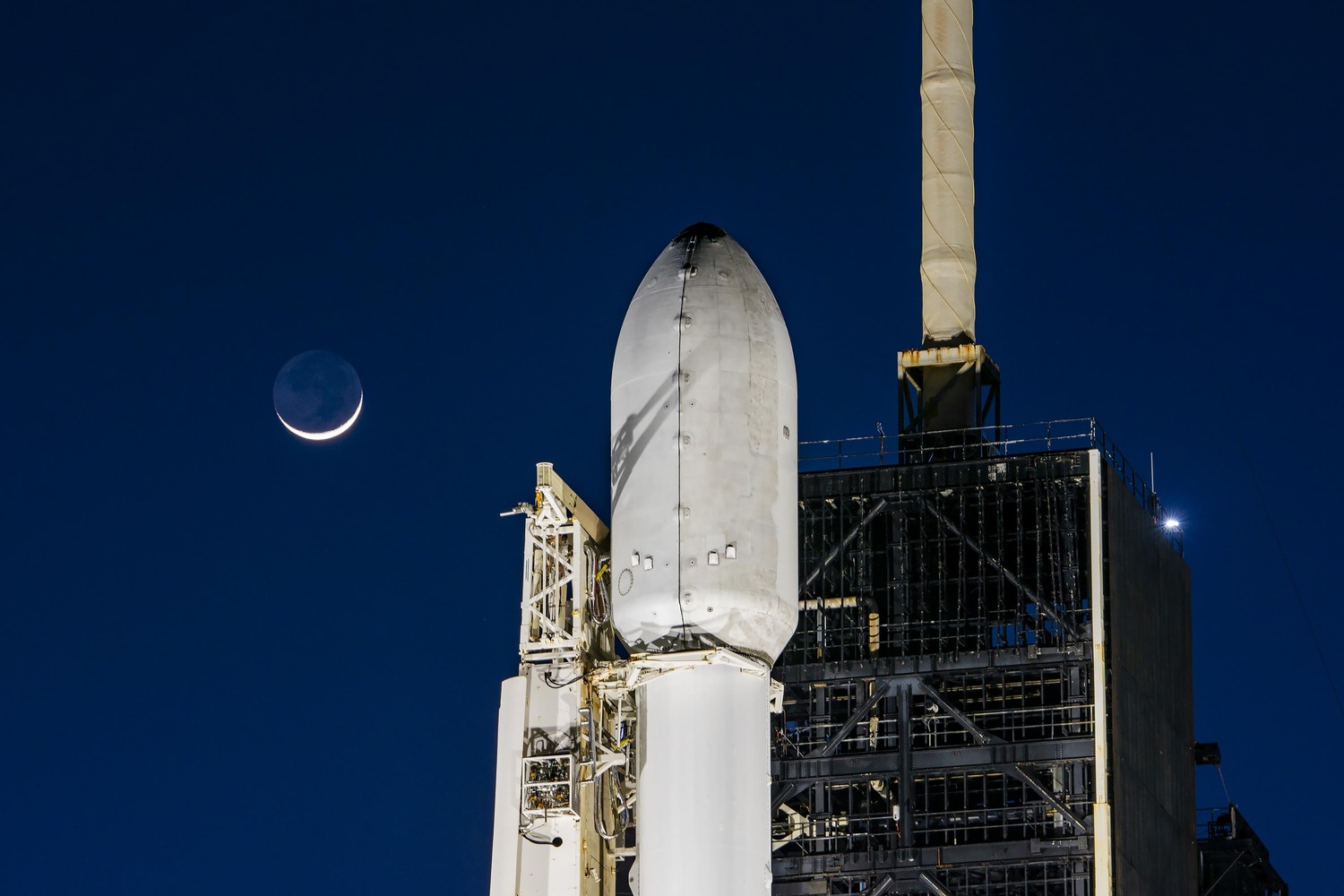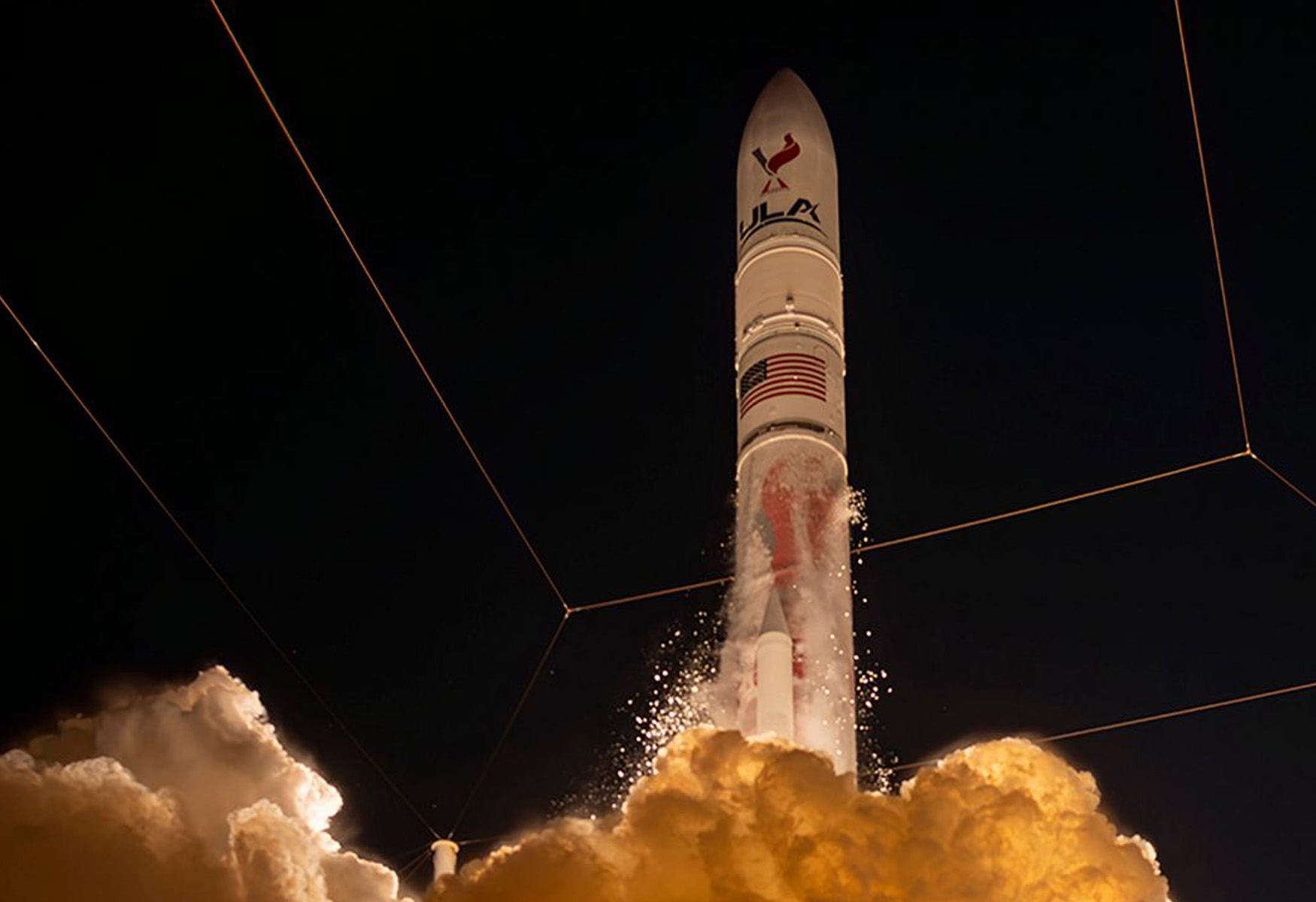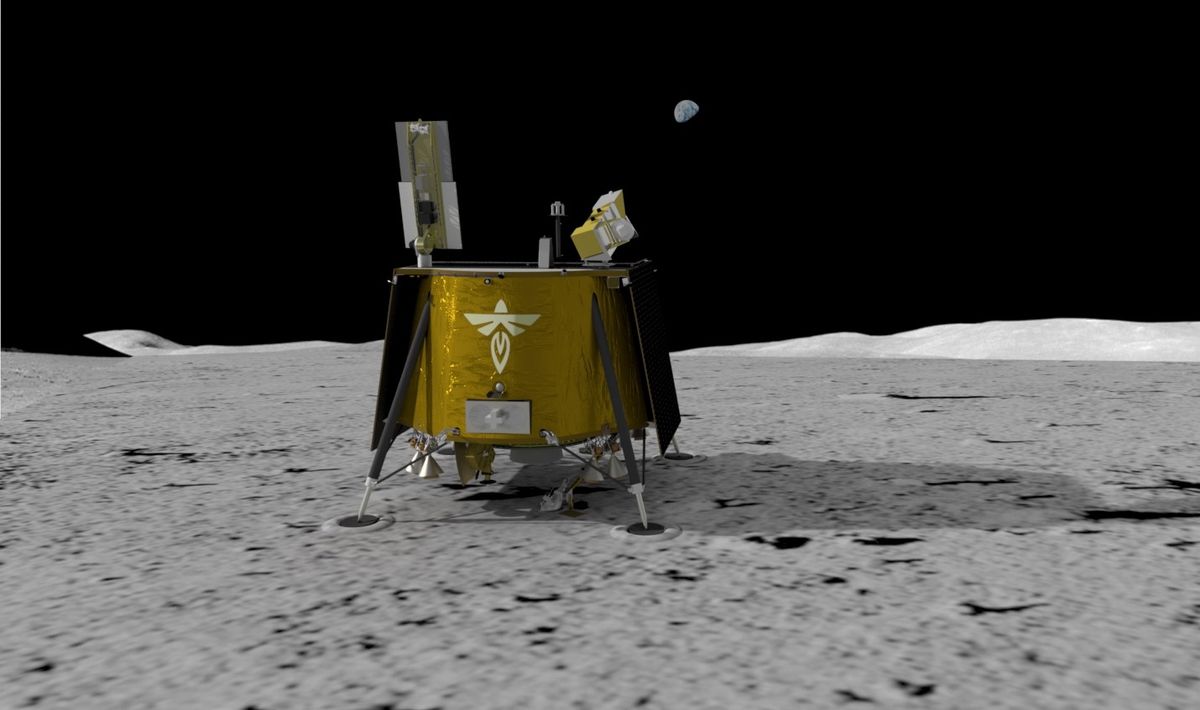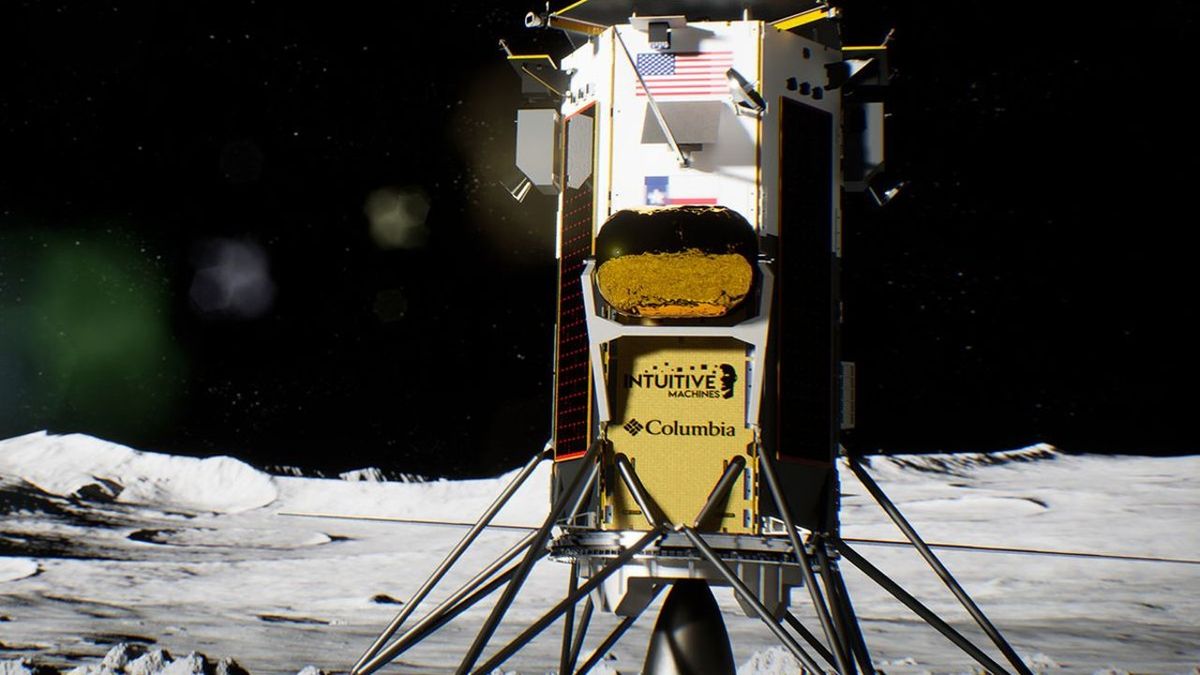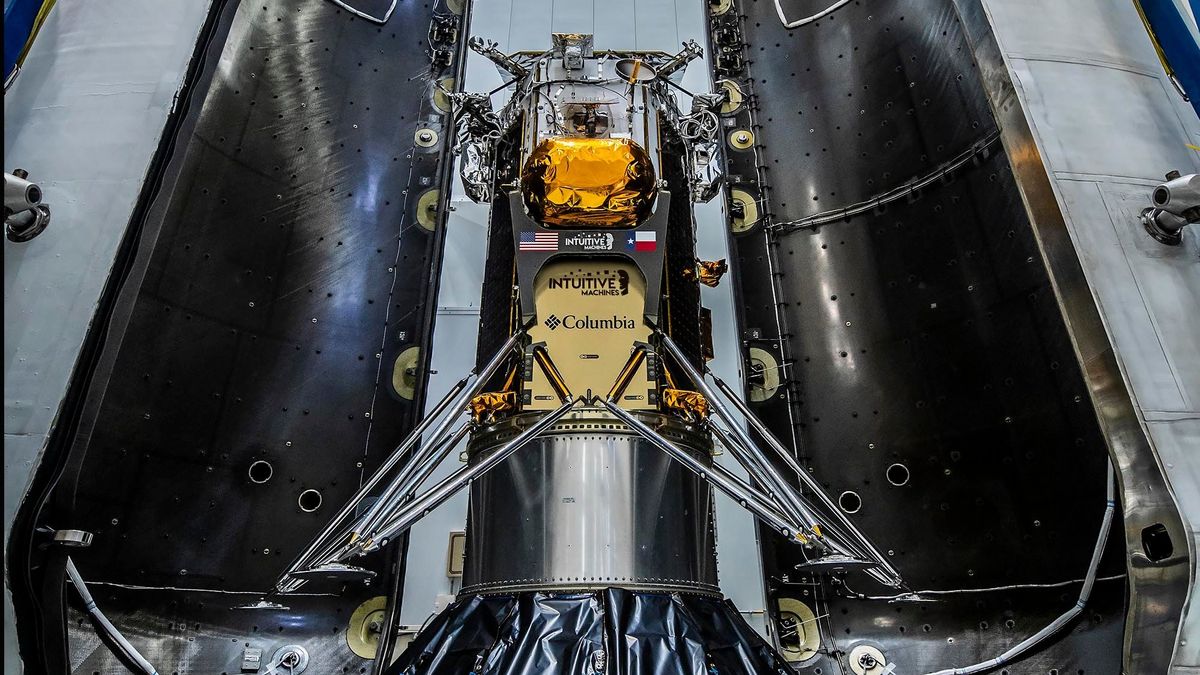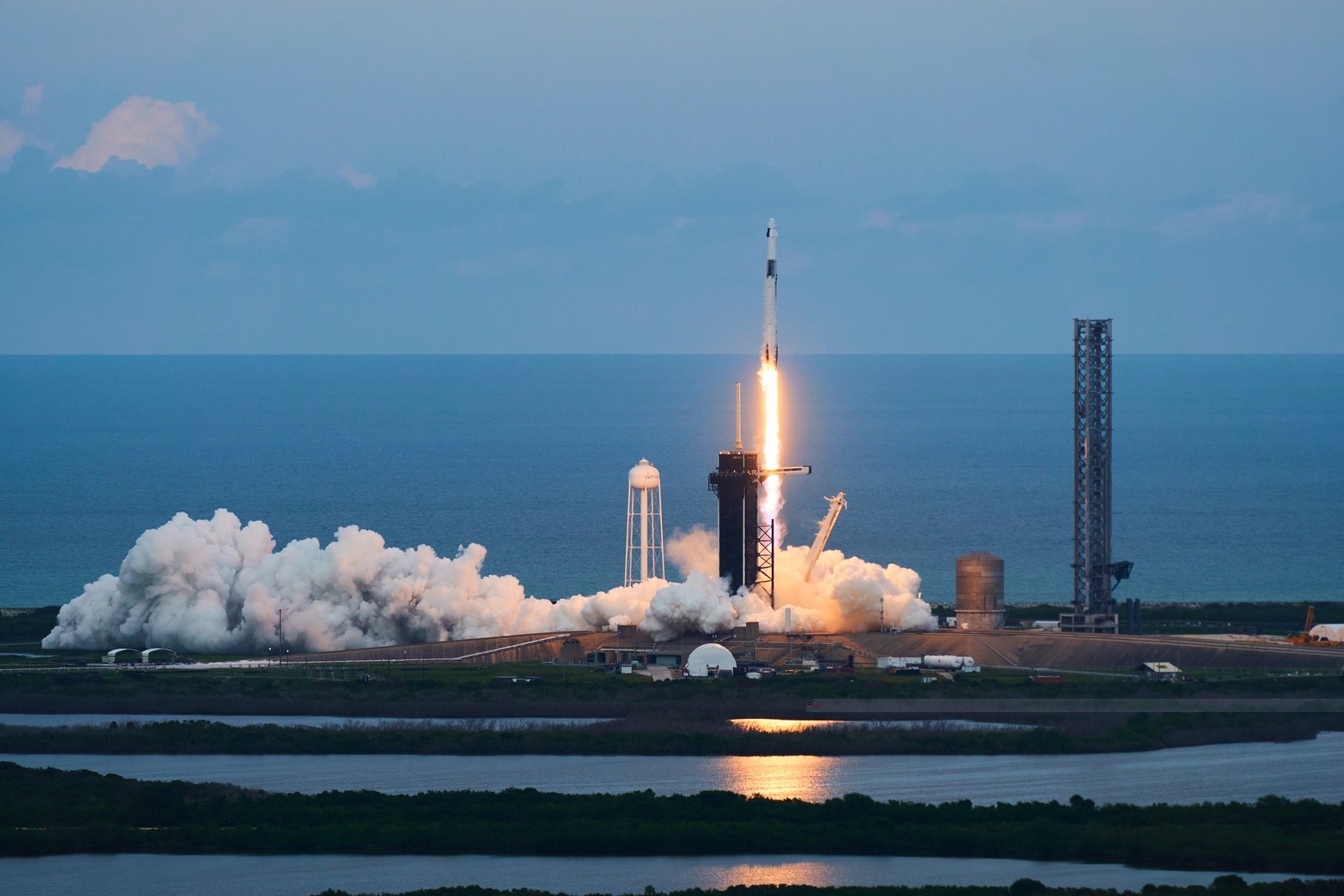Intuitive Machines’ Nova-C lander, named Odysseus, has successfully launched on a SpaceX Falcon 9 rocket, marking the company’s first mission to the moon. The spacecraft is now on an eight-day journey to the moon, with a scheduled landing attempt on February 22.
Key Takeaway
Intuitive Machines’ Nova-C lander, Odysseus, has been launched on a SpaceX Falcon 9 rocket for its first mission to the moon. The spacecraft is carrying scientific and commercial payloads and is set to attempt a historic landing near the moon’s south pole on February 22.
Onboard Payloads and Landing Plan
The Nova-C lander is carrying 6 scientific and research payloads for NASA and six commercial payloads. The goal is for these payloads to operate for up to seven days on the lunar surface. The spacecraft will first enter lunar orbit 24 hours before the landing attempt and will circle the moon at an altitude of just 100 kilometers. The landing is planned near the Malapert A crater, close to the moon’s south pole.
Challenges and Maneuvers
One of the major challenges will occur around 18 months after launch when the lander’s main engine will fire for the first time. This engine uses liquid oxygen and liquid methane as propellants, requiring precise trajectory adjustments. The spacecraft will execute two burns to correct its trajectory before attempting the burn to insert it into lunar orbit. The descent will require the spacecraft to reduce its velocity by around 1,800 meters per second, slowing to a rate of one meter per second for the final 10-kilometer descent.
Historic Milestones and Future Plans
If successful, this mission will mark the first time the U.S. has landed a spacecraft on the moon since 1972 and the first time a privately-made spacecraft has achieved this feat. This achievement holds significant importance for Intuitive Machines, which has been developing technology for the moon for years. The company went public via a SPAC merger last February to accelerate its plans, including this mission and two additional missions to the moon for NASA already under contract.
Significance for NASA
This mission is also a significant moment for NASA, which has invested around $118 million in Intuitive Machines for the mission under its Commercial Lunar Payload Services (CLPS) program. While this is the second moon mission under the CLPS program, NASA officials view these missions as valuable learning experiences, emphasizing that success was not assured.







